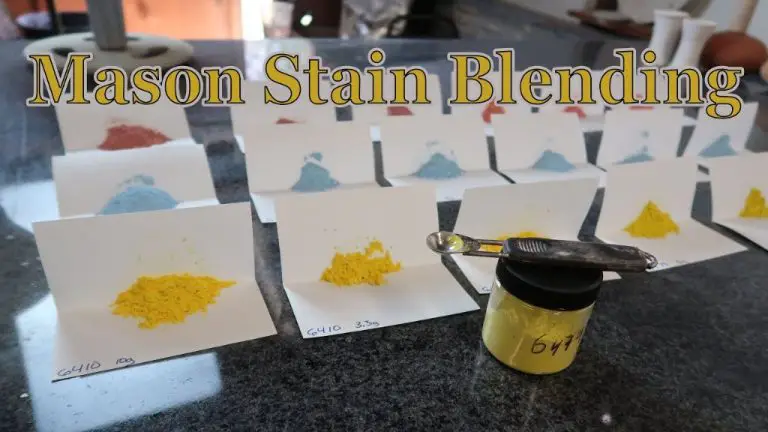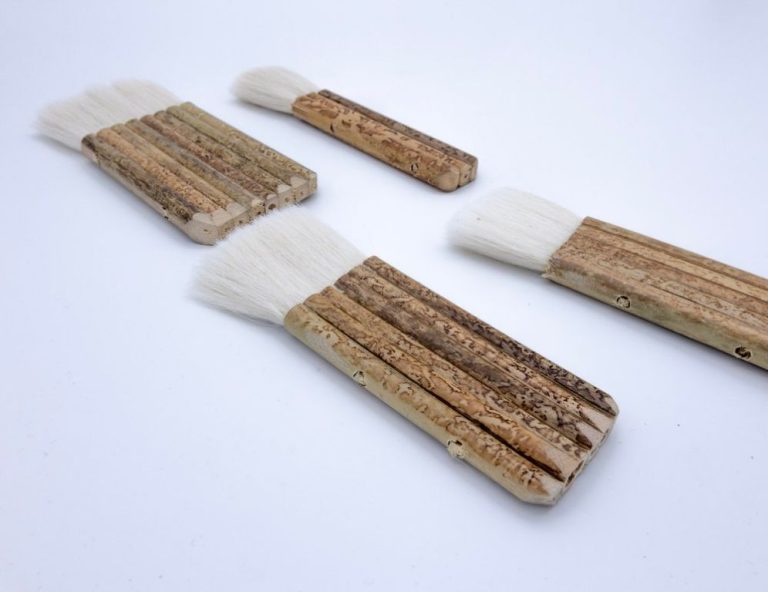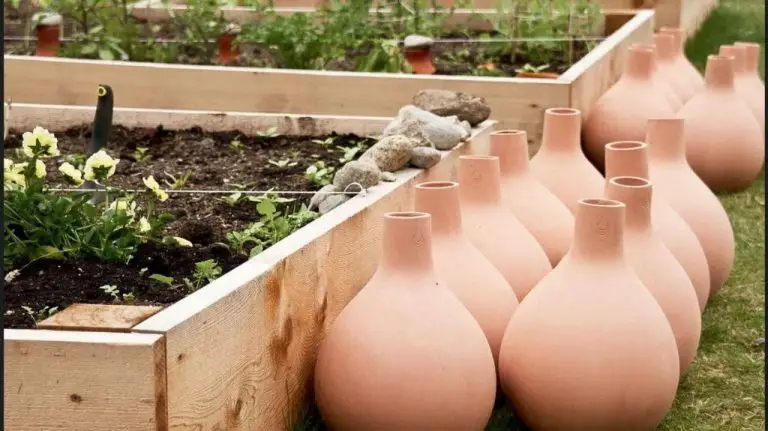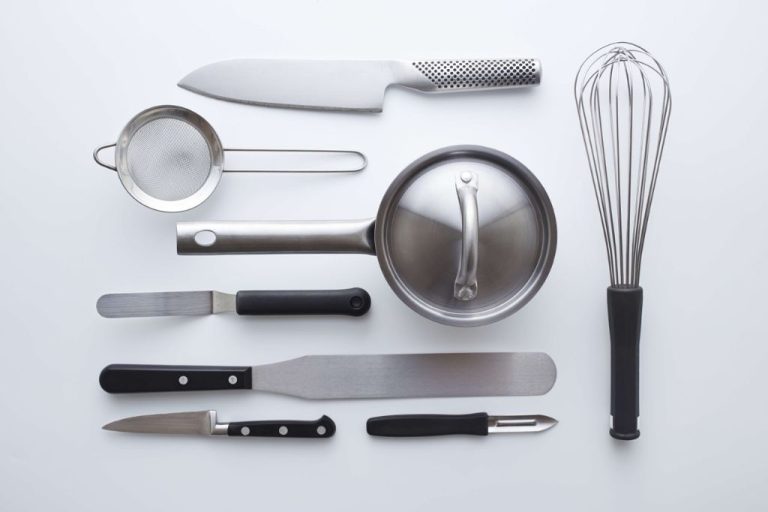Can You Tile An Outdoor Table Top?
Tiling a tabletop for outdoor use is a great way to create a durable and stylish surface for patio and backyard entertaining. Outdoor tiles are specifically designed to withstand exposure to the elements while providing an attractive look. When properly installed and cared for, a tiled tabletop can last for many years outdoors. This guide will provide an overview of the benefits and considerations of tiling an outdoor tabletop to help you determine if it is the right option for your space.
Pros of Tiling Outdoor Tables
There are several benefits to using tile on outdoor tables:
Aesthetic Appeal – Tile can add a stylish, high-end look to outdoor tables. There are endless options for colors, patterns, textures that allow you to customize the design. Tile surfaces like marble, travertine, ceramic and porcelain can create a beautiful focal point in an outdoor space.[1]
Durability – Outdoor tiles are designed to withstand the elements, as well as wear and tear from regular use. Materials like porcelain and ceramic are very dense, scratch-resistant and less prone to cracking or breaking compared to other tabletop options. Tile is far more durable than natural stone, wood or laminate surfaces.[1]
Easy to Clean – The non-porous nature of tiles like porcelain, ceramic and glass make them very stain-resistant and easy to keep clean. You can simply wipe down any spills or debris. Tiled tabletops won’t need frequent sealing or refinishing like other materials.[1]
Cons of Tiling Outdoor Tables
While tiling outdoor tables can provide a beautiful and durable surface, there are some downsides to consider before deciding to tile an outdoor tabletop:
Tiles can be quite heavy, especially natural stone tiles like granite or slate. The weight of the tile plus mortar on a large outdoor table could be hundreds of pounds. This will make the table less portable and possibly require additional structural support.
Outdoor tiles are often slippery when wet, which can lead to accidents or spilled drinks. The glossy surface of ceramic and porcelain tiles provides little traction. Using textured tiles can help, but won’t solve the problem entirely.
Tile requires grout maintenance to keep it looking clean and prevent staining or damage. Outdoor grout is especially vulnerable to the elements and will need periodic sealing. Grout can also crack or crumble over time and will need repairs.
Tiling an outdoor table is a big investment, so the drawbacks of weight, slipperiness, and upkeep should be carefully weighed before making a decision.
Outdoor Table Materials
When choosing materials for an outdoor table top, there are several options to consider. Some of the most popular and durable materials include:
Wood
Wood is a classic choice for outdoor furnishings. Teak, cedar, and redwood are some of the best woods for outdoor use as they are naturally weather-resistant. However, all woods require protection with stains, sealants or finishes to prevent weathering over time. Wood can expand and contract with changes in moisture and temperature, so allowances must be made for wood movement when installing tiles on a wood table top. Treating wood prior to tiling can help minimize movement. [1]
Metal
Metals like aluminum, wrought iron, and steel are very durable options for outdoor tables. Metals are strong, lightweight, resistant to weathering, and low maintenance. However, prolonged sun exposure can cause metals to become hot to the touch. Metals provide a smooth, stable surface for applying tile. Just be sure the metal is properly cleaned and primed first. [2]
Concrete
Concrete is extremely durable for outdoor use. Concrete tables provide a seamless, modern look and industrial style. The surface needs to be cleaned and primed before tiling. Concrete is prone to cracking over time, so this should be monitored if used as a tile substrate. Using a concrete sealer and flexible grout can help minimize cracking issues.
Mosaic
Mosaic tile tables provide a beautiful, artistic look for outdoor spaces. Small mosaic tiles are installed directly onto the table substrate to form a mosaic design. The most common materials used are ceramic, porcelain or glass tiles. Mosaics require precise installation and grouting for a seamless finish. Using mosaic sheets can simplify installation. Mosaics can be prone to cracking and damage over time from weather exposure.
Choosing Outdoor Tile
When selecting tile for an outdoor tabletop, there are several material options to consider, each with their own pros and cons:
Porcelain Tile – Porcelain is one of the most popular choices for outdoor tile. It is durable, stain resistant, fade resistant, and available in a wide variety of styles. Porcelain can withstand temperature extremes and moisture. It is a good option for high traffic areas. Porcelain tiles are generally thicker than ceramic and less prone to cracking or chipping (source).
Ceramic Tile – Ceramic tile is very affordable and comes in a vast array of colors and styles. However, it is not as durable as porcelain and more prone to cracking and fading over time. Unglazed ceramic can become slippery when wet. Ceramic tiles must be sealed to resist moisture and stains (source).

Natural Stone – Slate, travertine, granite, and sandstone are popular natural stone options. They can provide a timeless, elegant look. However, stone is more porous and requires yearly sealing. It can stain, crack, and fade more easily in outdoor environments. Natural stone has a high price point (source).
Composite – Composite tile replicates the look of natural stone but with enhanced durability and lower cost. Composites resist stains, scratches, fading, and moisture. Easy maintenance is a key benefit. However, composite can appear less natural upon close inspection (source).
Preparing the Table
Before installing tile on an outdoor table, proper preparation of the surface is crucial for a successful result. The first step is thoroughly cleaning the table to remove any dirt, grease or debris. Use a stiff brush and cleaning solutions like soap and water or a degreaser as needed. Allow the table to fully dry.
Next, apply a sealant like polyurethane or epoxy to the table surface. This helps protect the wood from moisture damage once the tile is installed. Allow sealant to dry completely per manufacturer instructions. Sand lightly if needed to remove any drips or uneven areas so the surface is smooth. Refer to this DIY tutorial for tips on choosing an outdoor sealant.
Finally, check that the table top is level. Any uneven areas under the tile can lead to cracking or tiles popping off over time. Use shims or wood strips to level the surface as needed before tile installation. Now the table is prepped and ready for tile!
Installing the Tile
When installing tile on an outdoor table, it’s important to use tile mortar specifically formulated for exterior applications. This mortar contains polymers, resins and latex additives that make it more flexible and waterproof than regular thinset mortar used for indoor tile jobs. Spread the mortar evenly across the table surface using a notched trowel, making sure to work it into the wood grain for maximum adhesion.
It’s also crucial to leave proper grout lines between tiles, generally 1/8″ for most ceramic, porcelain and glass tiles. These grout lines allow room for expansion and contraction of the tiles over time. Use plastic spacers between tiles to maintain even grout lines. Ensure all tiles are level and flat across the table by gently tapping or using a rubber trowel.
For the edges of the table, use bullnose tiles, trim pieces or edge banding to finish off the sides neatly. This will protect the tile edges and provide a nice finished look. Allow the mortar to cure fully before grouting according to manufacturer’s recommendations, usually 24-48 hours.
When grouting, work in small sections and use a grout float or rubber trowel to press grout firmly into joints. Wipe excess grout off the tile surface with a damp sponge and buff with a soft cloth once dry. Using the right products and proper techniques will result in a tile table top that can withstand outdoor environments.
Grouting and Sealing
Grouting is a crucial step when installing tile. Grout fills the spaces between the tiles and locks them together. For outdoor tile projects, it’s best to use an epoxy or urethane grout. These types of grout are more flexible and waterproof than traditional cement-based grouts, making them ideal for exteriors. Epoxy grouts like Laticrete SpectraLOCK PRO Grout provide excellent stain resistance and durability in wet environments.
Applying a grout sealer after installation provides added protection. Sealing the grout creates a barrier that prevents moisture from penetrating and causing damage. It also helps prevent staining, mildew growth, and erosion. According to The Best Grout Sealer, top choices for outdoor grout sealers include Aqua Mix Sealer’s Choice Gold and Black Diamond Nex-Gen Natural Stone Sealer. These provide maximum water and stain repellency on exterior applications.
It’s also important to seal the surface of the tiles themselves. This helps prevent staining, fading, and damage from standing water. Use a penetrating sealer made specifically for natural stone or porcelain tiles. Reapply the sealer periodically per the manufacturer’s instructions to maintain effectiveness.
Ongoing Maintenance
Ongoing maintenance is important to protect and preserve the tile finish on your outdoor table. Here are some tips on routine maintenance:
Re-Sealing
It’s recommended to reapply a sealing product to your tiled table once every 1-2 years. Re-sealing will protect grout and tile surfaces from damage and staining. Use a penetrating sealer made for outdoor applications. Follow the product instructions for proper application.
Cleaning
Clean the tile periodically with a mild pH-neutral cleaner to prevent the buildup of grime, dirt, and mildew. Use a soft sponge or cloth to gently scrub. Avoid harsh cleaners which can etch or damage the tile surface. Stubborn stains can be treated with a sealer-safe tile cleaner. Rinse thoroughly after cleaning. See this helpful guide on cleaning and maintaining a tiled patio table.
Re-Grouting
Expect to re-grout joints occasionally as grout can become cracked or discolored over time, especially in cold climates. Re-grouting will keep joints sealed and maintain a clean finished look. Use a grout saw or Dremel tool to remove old grout and apply new grout according to product specifications. Allow proper cure time before sealing.
Conclusion
Tiling an outdoor table top can provide a beautiful and durable surface that is resistant to weather, stains, and wear. However, it requires careful preparation, proper materials, and maintenance to ensure success.
Outdoor tile is an investment that can pay off in terms of aesthetics and longevity if done properly. Be sure to consider the pros and cons, choose appropriate tile and setting materials, and follow installation and maintenance best practices.
With careful planning and execution, you can achieve an eye-catching, long-lasting tiled tabletop for your outdoor living space. Test samples, enlist professional help if needed, and maintain the surface regularly.
Tiling an outdoor table is an intermediate DIY project with big rewards. Approach the task armed with information, patience, and proper materials and tools. And be prepared to enjoy your handiwork for many years to come.





